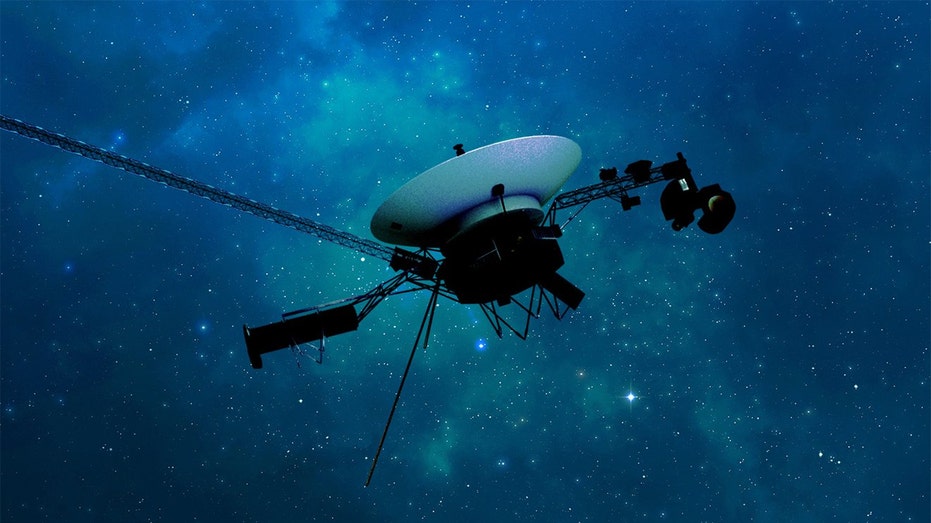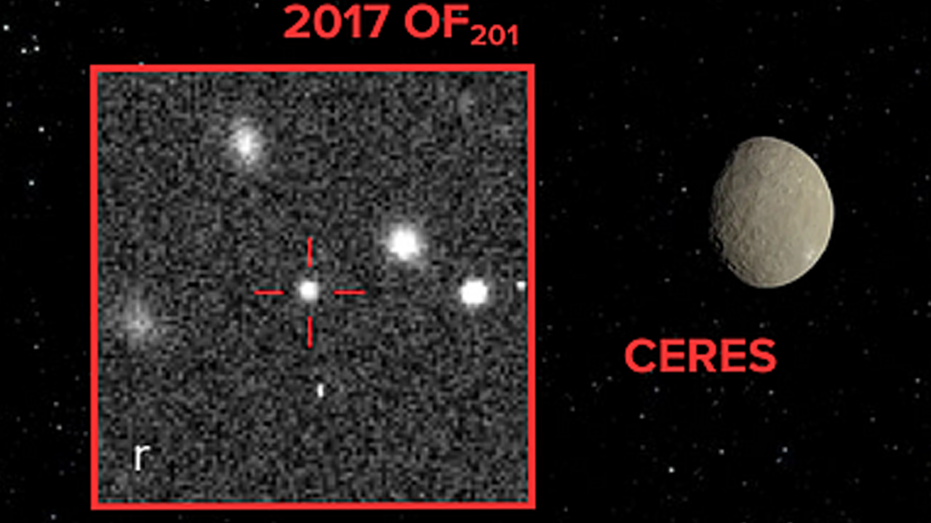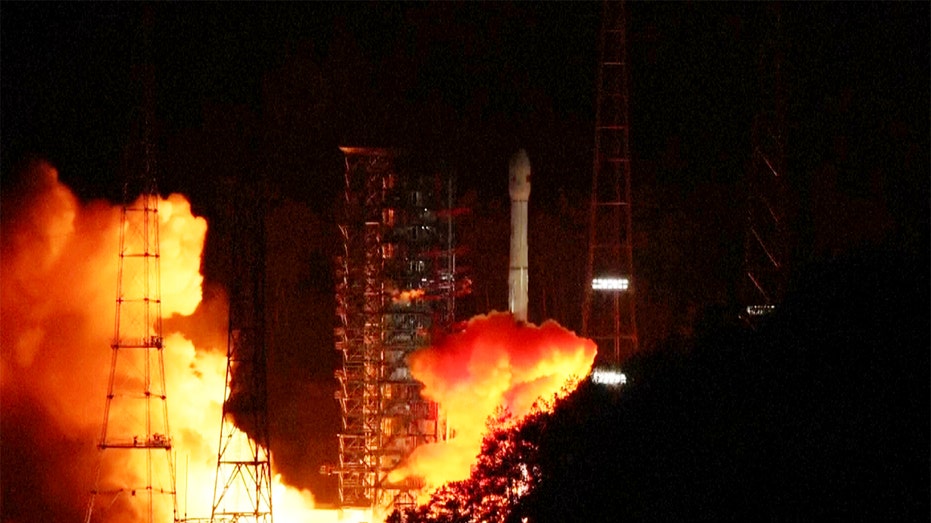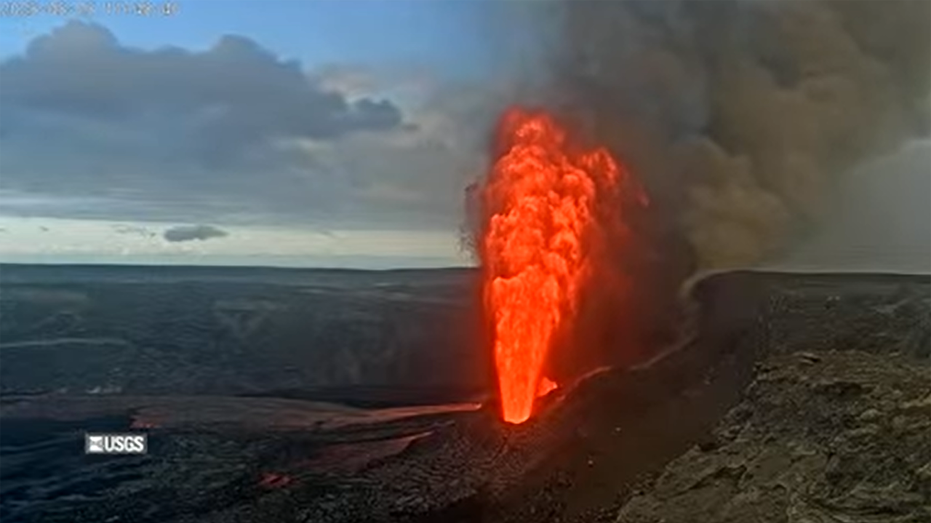Voyager 1 Back Online After a Month-Long Radio Silence – Phew!

Sarah Johnson
March 1, 2025
4 min read
Brief
NASA's Voyager 1 resumes data transmission after months of communication blackout, successfully reactivating its X-band transmitter and continuing its interstellar mission 15.4 billion miles from Earth.
After a nail-biting pause in communications that began in late October, **NASA** has confirmed that Voyager 1 is back in action! The interstellar spacecraft, which is currently chilling about 15.4 billion miles away from Earth, had unexpectedly switched off its primary radio transmitter, the X-band, opting instead for the much weaker S-band transmitter. Can you imagine the panic at mission control?
This S-band hadn't been used in over 40 years, and the switch made it nearly impossible for the Voyager team to download crucial science data and monitor the spacecraft's status. Communication became sporadic, which, let's be honest, is not ideal when you're dealing with something trillions of miles away.
Earlier this month, the team managed to reactivate the X-band transmitter, and data collection from the four operating science instruments onboard Voyager 1 has resumed. Engineers are now working on the final steps to restore Voyager 1 to its pre-issue state, including resetting the system that synchronizes the spacecraft's three onboard computers. It’s like giving an old computer a much-needed reboot, but on a cosmic scale.
The S-band was activated by the spacecraft’s fault protection system when a heater was turned on. This system, designed to keep Voyager 1 alive, determined there wasn't enough power and shut down non-essential systems, including the X-band transmitter. All this just to keep the critical systems powered up. Talk about a dramatic energy-saving measure!
Voyager 1's epic journey began in 1977, along with its twin, Voyager 2, on a tour of the gas giant planets. Voyager 2 visited Uranus and Neptune after sending back stunning views of Jupiter and Saturn. Voyager 1 used Saturn as a gravitational slingshot to propel itself past Pluto. These two have really seen it all.
Currently, four of the ten science instruments on each spacecraft are being used to study particles, plasma, and magnetic fields in interstellar space. It’s amazing to think that these probes, launched so long ago, are still pushing the boundaries of our knowledge about the universe.
Topics
Voyager 1NASAinterstellar missionspacecraft communicationX-band transmitterS-band transmitterspace explorationscience instrumentsmission controldeep spaceSpaceTechnology
Editor's Comments
It's incredible that Voyager 1, after nearly half a century in space, is still capable of surprising us. The fact that engineers were able to troubleshoot and restore communications using technology from decades ago is a testament to human ingenuity. What a story of resilience!
Like this article? Share it with your friends!
If you find this article interesting, feel free to share it with your friends!
Thank you for your support! Sharing is the greatest encouragement for us.



